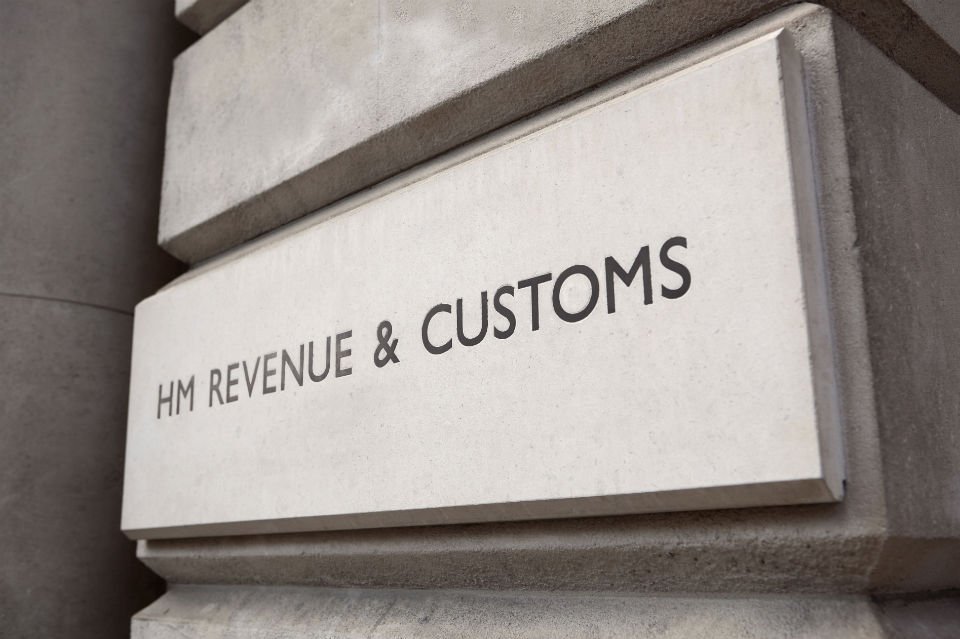HMRC has published the eagerly awaited draft legislation on the changes to loan charges, a measure designed to tackle tax avoidance through disguised remuneration.
The announced changes are in response to Sir Amyas Morse’s independent review of the loan charge policy and its implementation.
The summary of key changes as outlined by government to the loan charge and information provided about how this will be managed are:
- the loan charge will apply only to outstanding loans made on, or after, 9 December 2010
- the loan charge will not apply to outstanding loans made in any tax years before 6 April 2016 where the avoidance scheme use was disclosed to HMRC and HMRC did not take action (for example, opening an enquiry)
- people can now elect to spread the amount of their outstanding loan balance (as at 5 April 2019, recalculated in line with the above changes) evenly across 3 tax years: 2018 to 2019, 2019 to 2020 and 2020 to 2021. This will give greater flexibility on when the outstanding loan balance is subject to tax and may mean that the loan balance is not subject to higher rates of tax.
- HMRC will refund voluntary payments (known as ‘voluntary restitution’) already made in order to prevent the loan charge arising and included in a settlement agreement reached since March 2016 (when the loan charge was announced) for any tax years where:
- the loan charge no longer applies (loans made before 9 December 2010)
- loans were made before 6 April 2016, the avoidance scheme use was disclosed to HMRC and the department did not take action (for example, opening an enquiry)
Additional measures will provide flexibility in the way payment is made, based on the value of disposal income including assets as follows:
if you do not have disposable assets and earn less than £50,000, HMRC will agree time to pay arrangements for a minimum of 5 years.
If you earn less than £30,000, a minimum of 7 years.
If you earn more than £50,000, or need longer to pay, you will need to provide HMRC with detailed financial information. There is no maximum time limit for a time to pay arrangement
in line with existing practice, if you need time to pay, you will pay no more than 50% of your disposable income, unless you have a very high level of disposable income. The amount you pay into an arrangement each month will depend on your own individual circumstances.
There will be no late payment interest charges on Self-Assessment liabilities if the return is filed and all tax paid or HMRC agree to extend the deadline to 30 September 2020.
The additional form must be submitted to HMRC on 1 October 2020 and not 1 October 2019 as previously understood. The form must be completed by those applicable and must include full details advising HMRC of outstanding disguised remuneration loans that they are required to make tax payments for.


